

Reduce pesticide and herbicide losses with IITA's herbicide calculator
The "IITA Herbicides Calculator" is a solution designed to address the prevalent issue of pesticide misuse resulting from inadequate calibration of spray tanks. It permits farmers to estimate the required quantity of herbicides for knapsack sprayers. This tool was developed using Java language, the Ionic framework, and Android Studio, ensuring its robustness and usability. Tested for effectiveness and reliability by researchers, this technology assists in calibrating the application of herbicides and other pesticides specifically for knapsack sprayers. It's important to note that the tool does not involve specific compositions or sequences of products or technologies.
This technology is TAAT1 validated.
Adults 18 and over: Positive high
The poor: Positive medium
Under 18: Positive low
Women: Positive medium
Climate adaptability: Highly adaptable
Farmer climate change readiness: Significant improvement
Biodiversity: No impact on biodiversity
Carbon footprint: Same amount of carbon released
Soil quality: Does not affect soil health and fertility
Water use: Same amount of water used
In the near future, this section will provide an overview of this technology's success in various contexts, details on partners offering technical support, training, and implementation monitoring, along with other valuable insights for your projects and programs. These details will be added progressively.
In the meantime, use the 'Request information' button if you need to contact us.
Cover training, android phones, data
Open source / open access
| Country | Testing ongoing | Tested | Adopted |
|---|---|---|---|
| Nigeria | –No ongoing testing | Tested | Adopted |
This technology can be used in the colored agro-ecological zones. Any zones shown in white are not suitable for this technology.

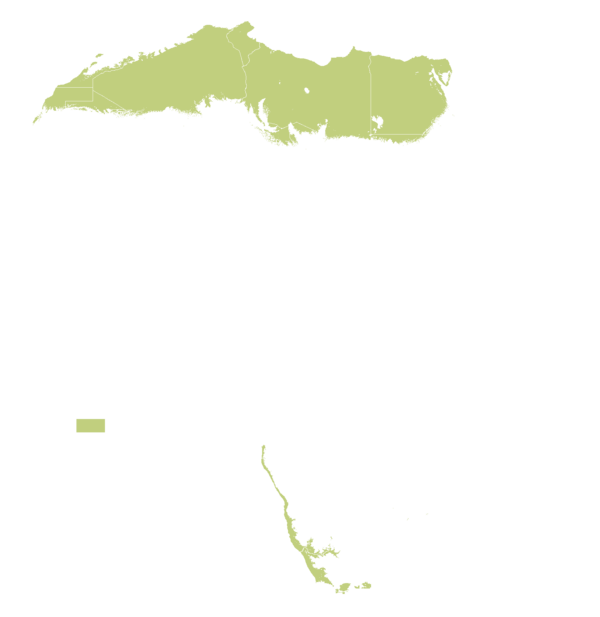

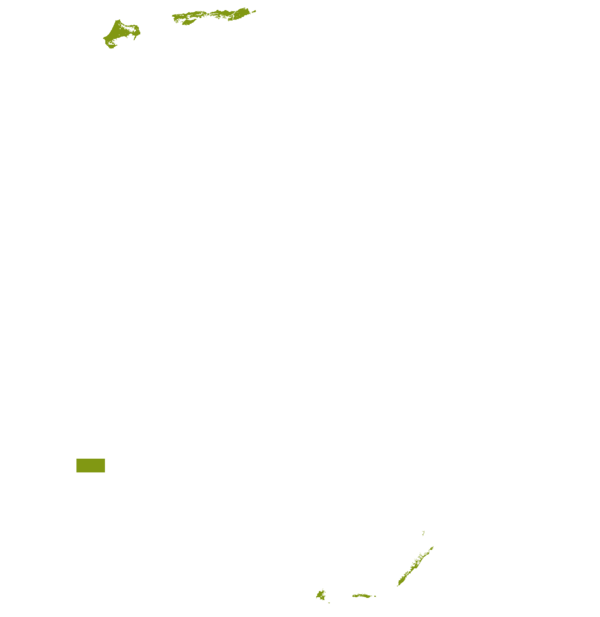






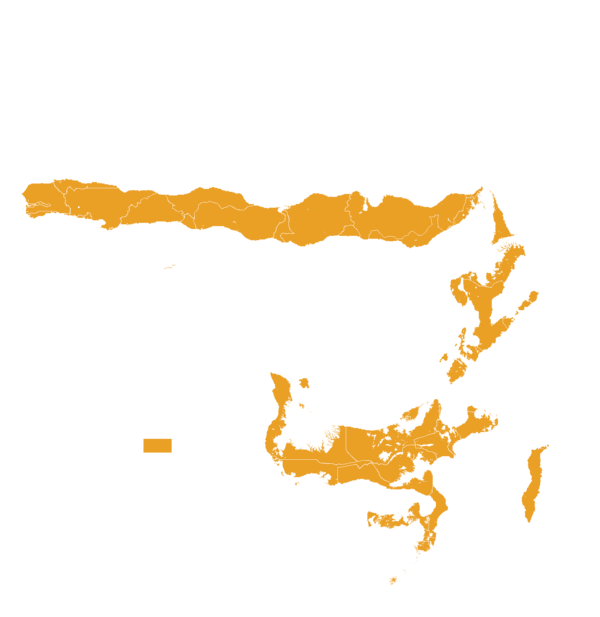


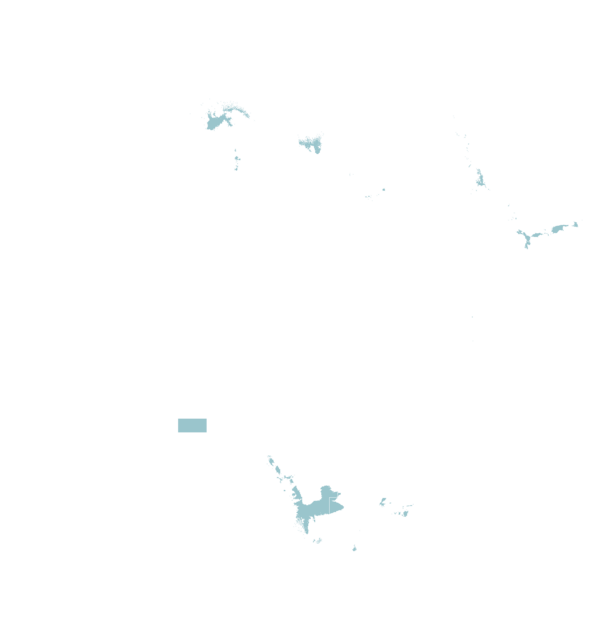

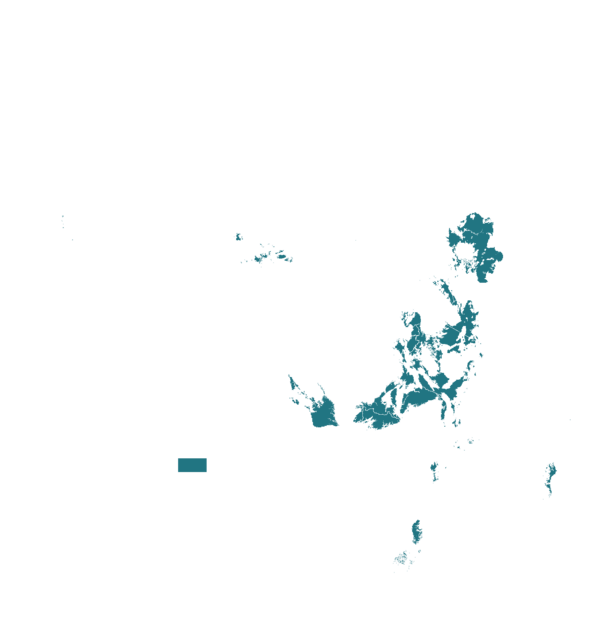
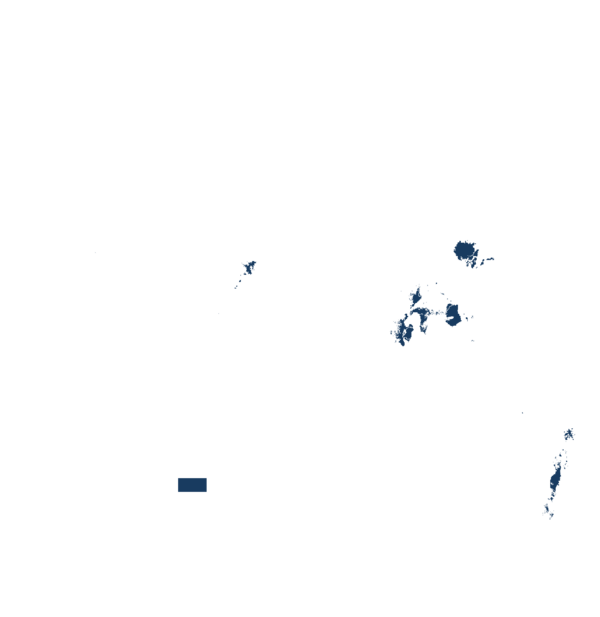
| AEZ | Subtropic - warm | Subtropic - cool | Tropic - warm | Tropic - cool |
|---|---|---|---|---|
| Arid | ||||
| Semiarid | ||||
| Subhumid | ||||
| Humid |
Source: HarvestChoice/IFPRI 2009
The United Nations Sustainable Development Goals that are applicable to this technology.


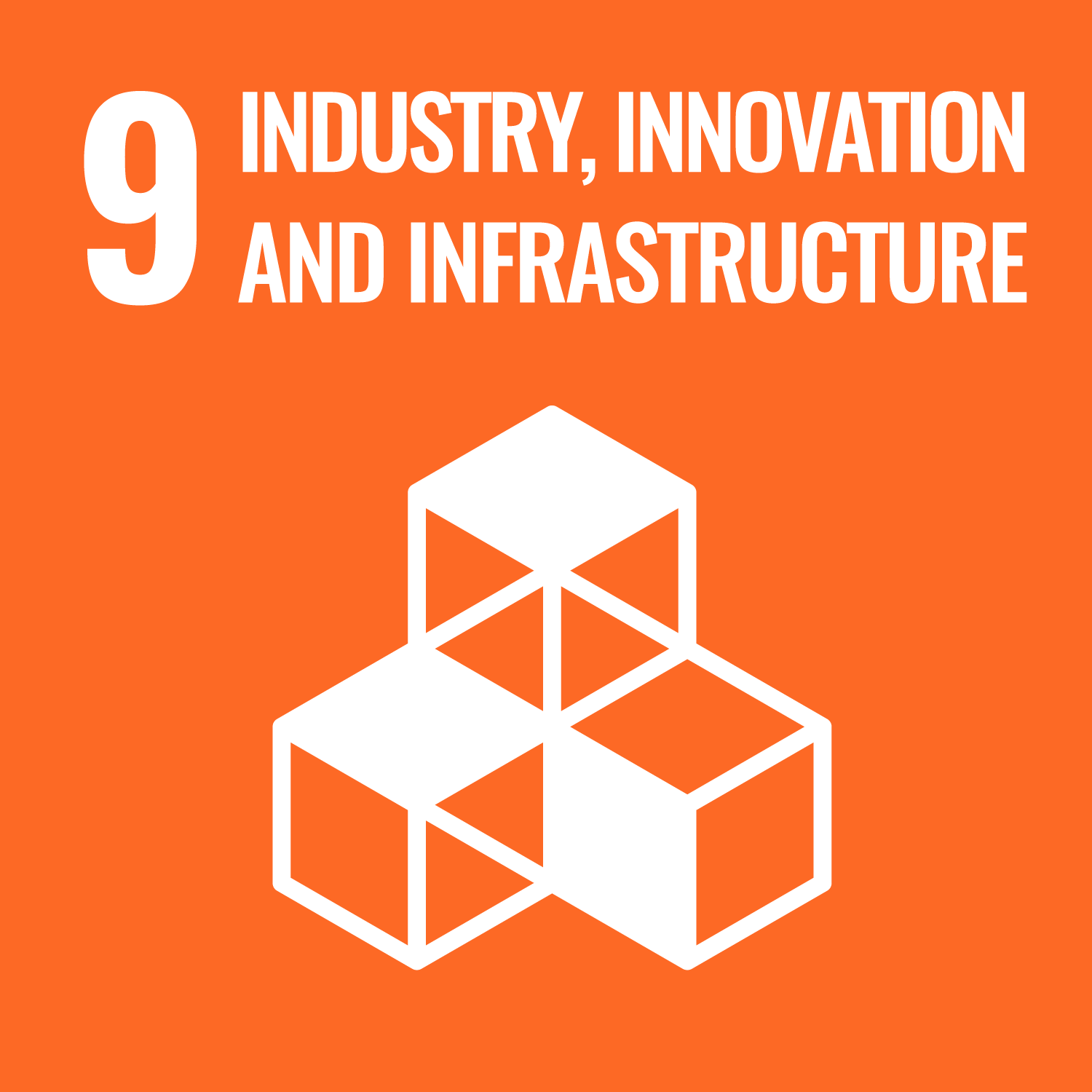
Last updated on 22 May 2024